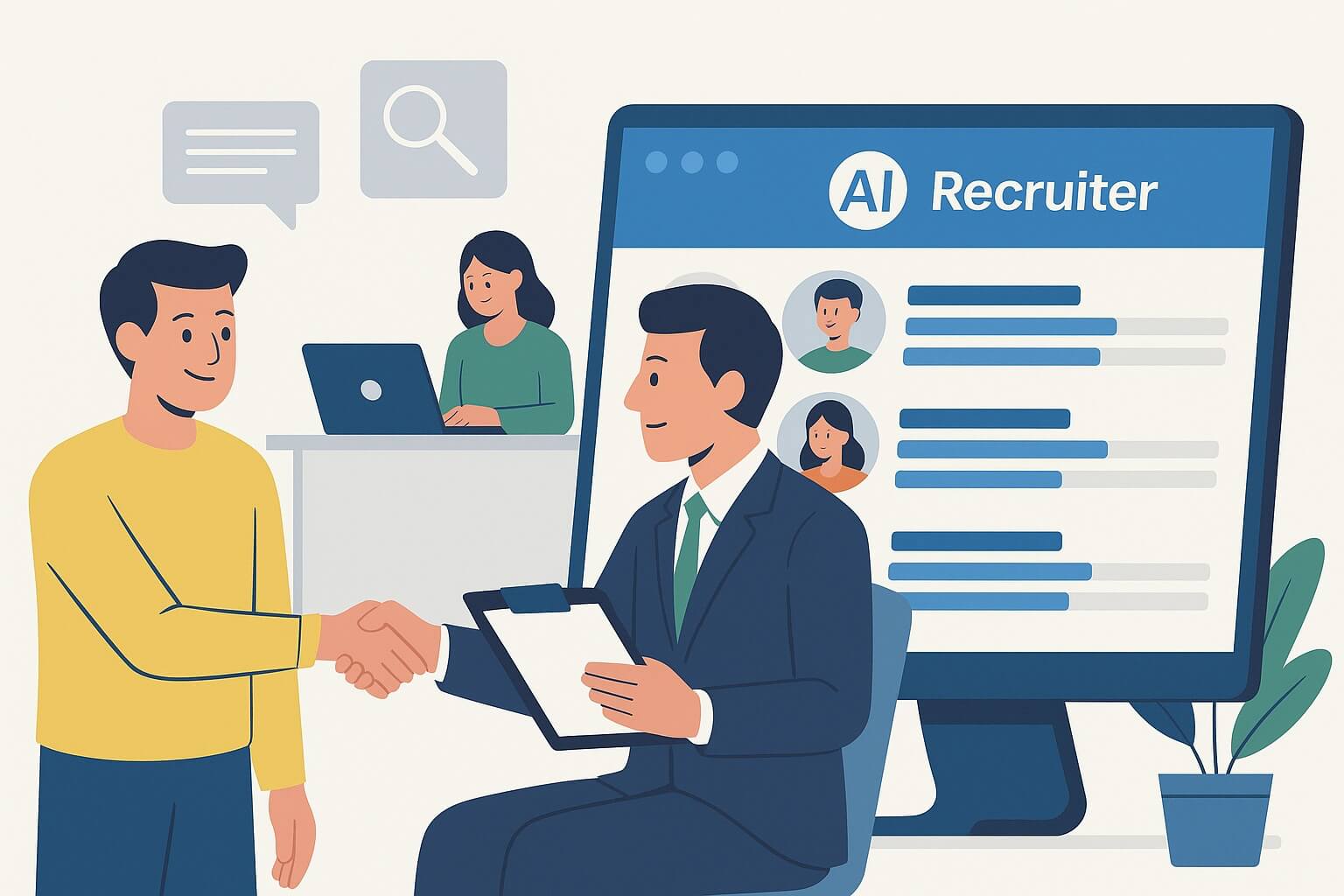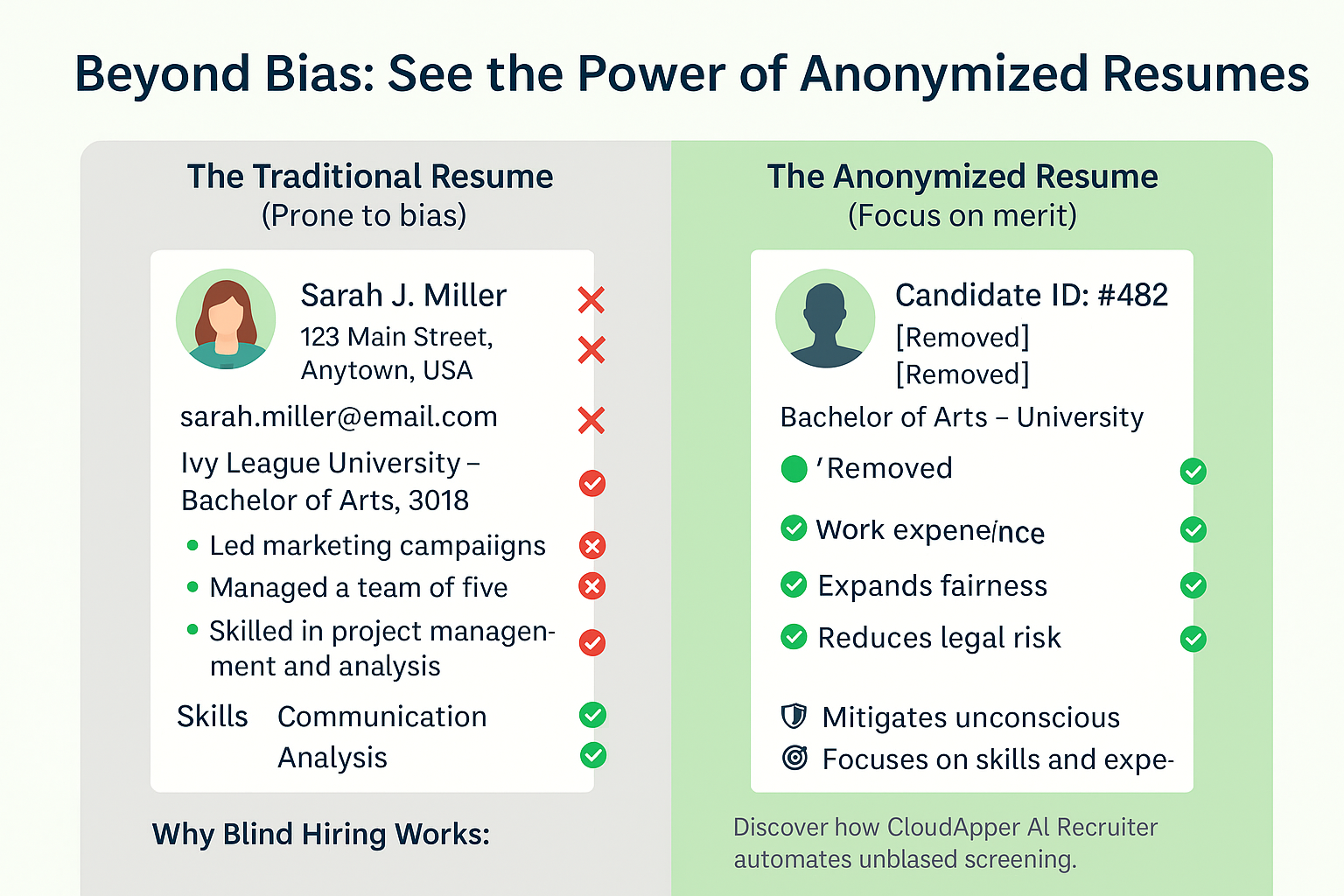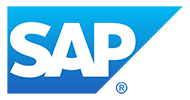Reducing hiring legal risk starts with removing hidden bias from your recruitment process. This article explains how anonymized resumes can prevent discrimination, improve fairness, and protect your organization from costly claims. Learn why blind hiring is becoming essential for compliance and discover practical steps to make your hiring process more objective and defensible.
TL;DR
Traditional hiring processes carry hidden legal risks, including bias and inconsistent screening. Anonymized resumes and structured evaluations help reduce discrimination claims and protect your business. By removing names, dates, and personal details, you focus only on skills and experience, creating a fair and compliant hiring process.Table of Contents
Hiring is one of the most critical decisions any business makes—but it’s also one of the most legally risky. Even when intentions are good, hidden biases, inconsistent processes, and poor documentation can expose your organization to hidden legal risks that will lead to discrimination claims, costly litigation, and reputational damage.
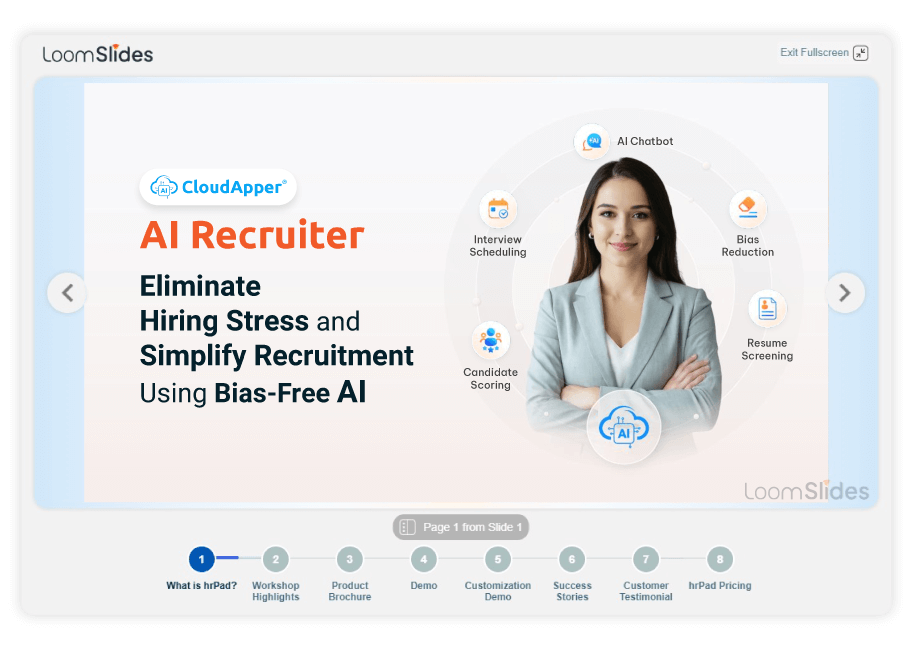
For more information on CloudApper AI Recruiter visit our page here.
According to the EEOC Annual Perfomance Report, over 70,000 discrimination charges are filed each year in the U.S. The average cost of defending a single claim? Over $125,000—not including the loss of trust from your candidates and employees.
Modern AI recruiting tools not only make hiring faster but also act as a compliance safeguard. For instance, they reduce hiring legal risks by standardizing evaluations. Additionally, they remove bias and create an audit trail to prove your decisions were fair.
Here’s how it works—and why now is the time to modernize.
The Legal Minefield of Traditional Hiring
Many companies believe their hiring process is already fair. But research shows bias often creeps in silently:
-
A recruiter subconsciously favors a candidate with a familiar-sounding last name.
-
A hiring manager skims resumes and discounts those from non-prestigious universities.
-
Applicant’s age is inferred from graduation dates, triggering unintended discrimination.
-
Documentation of why one candidate was chosen over another is missing or incomplete.
These common pitfalls can lead to serious consequences:
Discrimination Lawsuits
Under federal and state laws—including Title VII of the Civil Rights Act, the Age Discrimination in Employment Act, and the Americans with Disabilities Act—you must demonstrate that your process was equitable and free from bias.
Emerging AI Regulations
New laws, such as NYC Local Law 144, now require that AI-driven hiring tools be independently audited for bias. Other states are considering similar measures.
Brand Damage
Candidates who feel mistreated can share their experiences publicly, undermining your employer brand and making it harder to attract top talent.
How Bias Creeps In—Even When You Think It Doesn’t
Hidden bias isn’t always obvious. It can show up in:
-
Resumes revealing names, addresses, or alma maters that trigger unconscious stereotypes.
-
Graduation dates hinting at age.
-
Language or phrasing suggesting ethnicity or cultural background.
-
Inconsistent interview questions that give some candidates an advantage.
Even the layout of a resume can bias perceptions—without any recruiter realizing it.
Reduce Hiring Legal Risks with AI Recruiters
Advanced AI recruiters go beyond efficiency. They bake in compliance safeguards that protect your company—and create a fairer experience for every applicant.
Here’s how the bias reduction process works:
1. Blind Resume Standardization
AI anonymizes resumes by removing:
- Names and personal identifiers
- Universities and past employers
- Addresses and contact details
- Graduation dates and other age markers
Result: Hiring teams evaluate candidates only on relevant qualifications, experience, and skills. Learn more details
2. Consistent Scoring Matrices
AI recruiters create structured scoring systems:
-
Role-specific evaluation criteria
-
Weighted factors approved by hiring managers
-
Clear rubrics applied to every applicant
This consistency prevents subjective decision-making and demonstrates compliance if audited.
3. Automated Documentation
Every action is logged automatically:
-
When applications were received
-
How candidates were scored
-
What communications were sent
If a candidate challenges a decision, you have a complete digital paper trail to prove fairness.
4. Transparent Candidate Engagement
AI-driven systems keep candidates informed through:
- Automated emails acknowledging receipt
- Updates on application status
- Clear, polite rejection notifications
This transparency helps prevent misunderstandings and complaints, and it ultimately reduce hiring legal risks.
5. Skills-Based Screening
Instead of relying on proxies like college pedigree, AI recruiters focus on what candidates can do—not where they came from. This is increasingly seen as best practice for compliance and diversity.
Compliance in Action: What It Looks Like
Imagine a candidate claims they were rejected because of their age.
With an AI recruiter:
- All age-related information is removed before we evaluate any candidate
- Scoring matrices show consistent, objective criteria applied to all applicants.
- A complete record documents every step of the process.
Outcome: Your organization has the evidence to demonstrate fairness, minimizing legal exposure.
Beyond Compliance: Building Trust and Diversity
Reducing legal risk is essential—but the benefits of AI recruiting go even further:
- Enhanced Diversity
By removing bias triggers, you open your roles to talented candidates who might otherwise be overlooked. - Improved Candidate Experience
Transparent communication and fair evaluations build trust. - Future-Proof Processes
As more jurisdictions pass AI hiring compliance, companies with modern, auditable processes are already ahead of the curve.
Frequently Asked Questions (FAQ)
How can AI reduce hiring bias?
AI can help reduce hiring legal risks by removing personal information from resumes, such as names, addresses, and graduation dates. This process, called blind resume screening, allows recruiters to focus only on skills and experience. It also applies the same scoring rules to every candidate, which helps ensure decisions are fair and consistent.
What is blind hiring?
Blind hiring is a process that hides identifying details from resumes and applications. This includes names, schools, and other information that could lead to conscious or unconscious bias. The goal is to evaluate applicants only on their qualifications and work history.
How do I comply with hiring discrimination laws?
To comply with laws like Title VII and the Age Discrimination in Employment Act, you must treat all candidates fairly and document your process. Using structured evaluations, blind resume screening, and consistent communication can help you meet legal requirements and show proof if needed.
Is AI recruiting legal in the US?
Yes. AI recruiting is legal when it follows all federal and state rules. Some locations, such as New York City, now require companies to audit and explain how AI tools make decisions. It is important to choose solutions that provide transparency and compliance features.
What are examples of bias in hiring?
Bias shows up in many ways. For example, you might favor familiar names or certain schools. Also, you may assume age from graduation dates. Even resume language can create unfair views.s.
How can I prove my hiring process is fair?
You can prove fairness by keeping clear records of how you evaluated candidates. Use structured scoring systems, document all decisions, and save communications. Moreover, this documentation shows you treated every applicant equally and based your decisions on objective criteria.
Conclusion
Your hiring process should be your competitive advantage—not a legal liability.
AI recruiting tools do more than automate tasks. They help you build a compliant, fair, and transparent hiring process that earns trust and protects your organization.
What is CloudApper AI Platform?
CloudApper AI is an advanced platform that enables organizations to integrate AI into their existing enterprise systems effortlessly, without the need for technical expertise, costly development, or upgrading the underlying infrastructure. By transforming legacy systems into AI-capable solutions, CloudApper allows companies to harness the power of Generative AI quickly and efficiently. This approach has been successfully implemented with leading systems like UKG, Workday, Oracle, Paradox, Amazon AWS Bedrock and can be applied across various industries, helping businesses enhance productivity, automate processes, and gain deeper insights without the usual complexities. With CloudApper AI, you can start experiencing the transformative benefits of AI today. Learn More
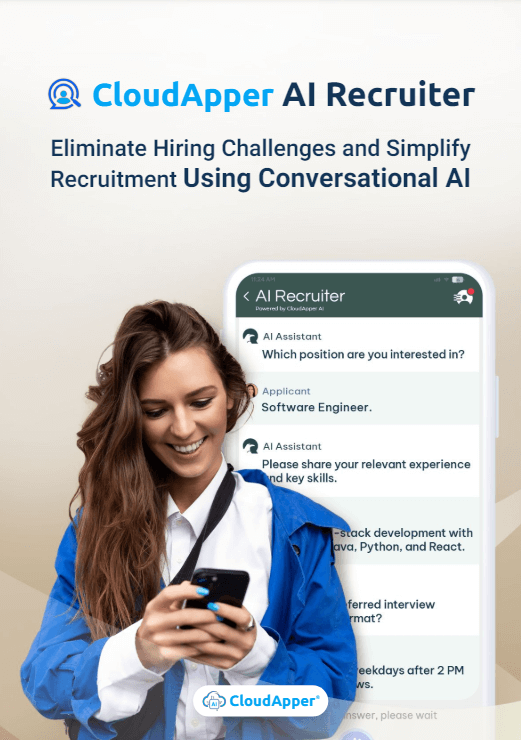
CloudApper AI Solutions for HR
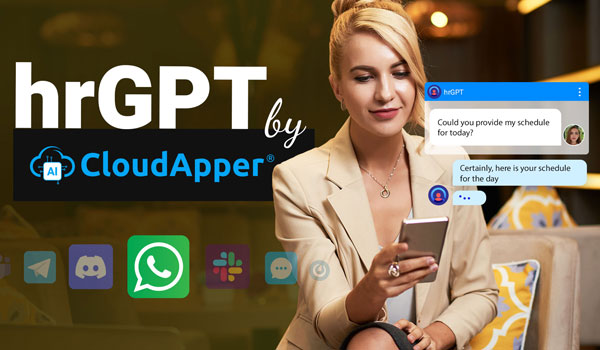
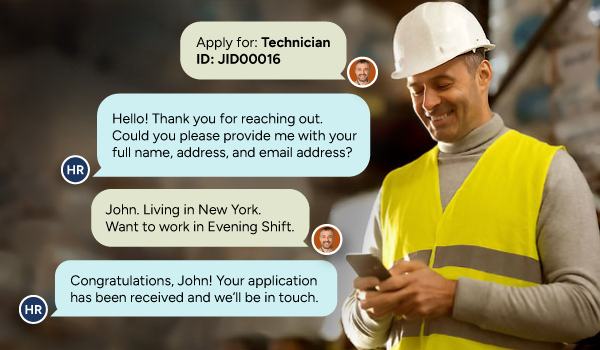

- Works with
- and more.
Similar Posts

How to Use AI in Recruiting: A Complete Guide for…
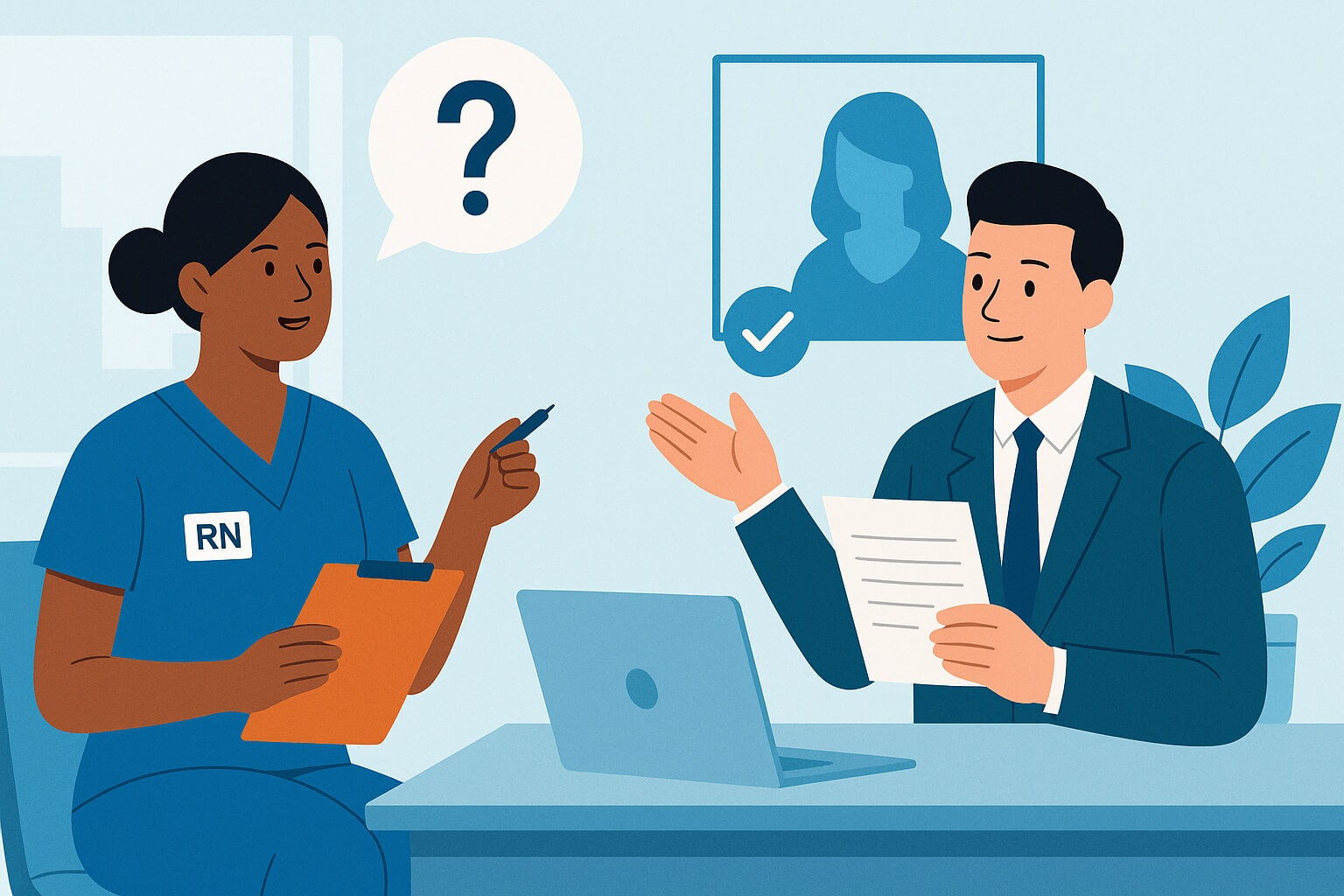
10 Essential Registered Nurse (RN) Interview Questions to Ask (And…
